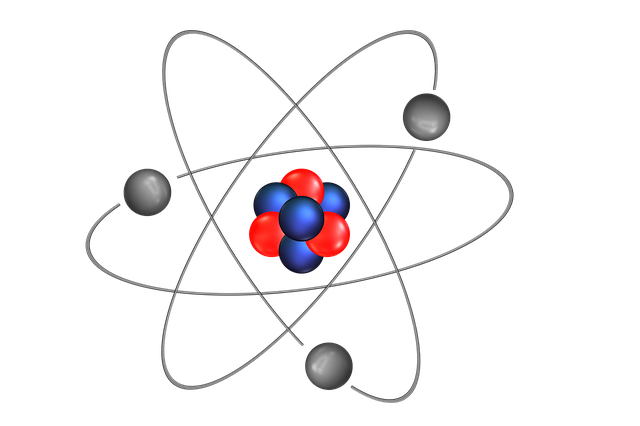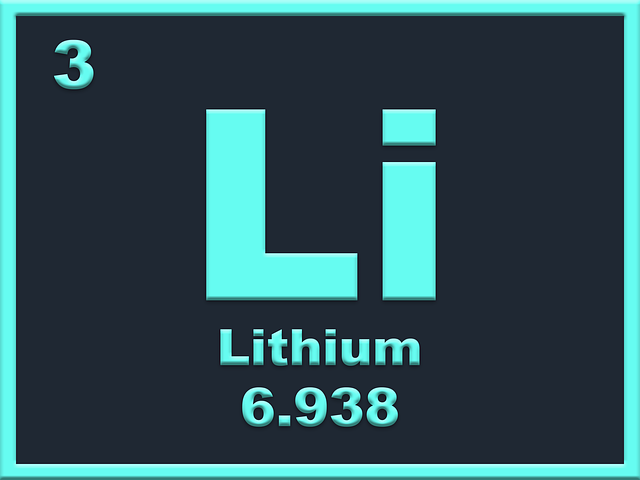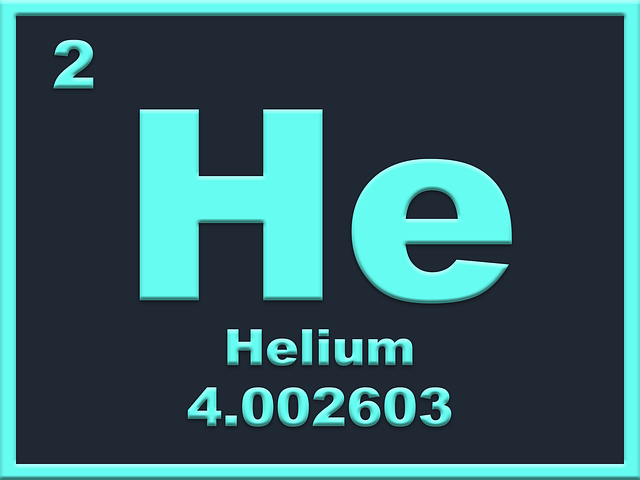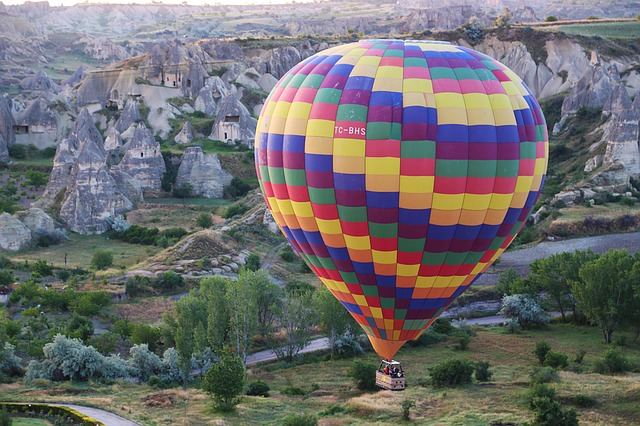Calcium carbonate is a chemical compound that has the chemical formula CaCO3. Its molar mass is 100.0869 g/mol. It has white in colour and has no odour. Almost all the calcium carbonate is obtained from mines. But it can be produced by adding water to calcium oxide which produces calcium hydroxide. Carbon dioxide is passed through calcium hydroxide producing calcium carbonate precipitate.
CaO + H2O → Ca(OH)2
Ca(OH)2 + CO2 → CaCO3↓ + H2O
It could be found in different minerals such as aragonite, vaterite and calcite. It can also be obtained from seashells, oyster shell, snail shells and eggshells etc. A small amount of calcium carbonate can be found in some vegetables like leaf cabbage and broccoli. It has a wide range of applications from industrial to the household.
What is calcium chloride?
Calcium chloride is also known by other names like calcium(II) chloride and calcium dichloride. It is an inorganic chemical compound. Its chemical formula CaCl2 but it is a hydrated solid so its general formula is CaCl2(H2O)x, where x maybe x = 0, 1, 2, 4, and 6. Its molar mass is molar mass 110.98 g/mol. It is highly soluble in water and insoluble in liquid ammonia. It is odourless and has a white powder appearance.
Most of the World calcium chloride is obtained from limestone. It is used in de-icing and road surfacing. A small amount is used in food as an additive. It is known by E number as E509.
What is calcium?
Calcium is a chemical element that has an atomic number (Z) 20. It has a standard atomic weight of 40.078 amu and it is represented by the symbol Ca. It is located in the 2nd group (alkaline earth metals) and period 4 of the periodic table. Its electronic configuration is 1s2, 2s2, 2p6, 3s2, 3p6, 4s2. It is an s-block element and highly reactive forming oxides with Oxygen when exposed to air. It is dull grey to silver in colour. The electronegativity of calcium is 1.0 (Pauling scale) and its oxidation states are +1, +2 depending on the bonding atom valence and electron affinity etc. At standard temperature and pressure, it is solid. Its melting point is 1115 K ?(842 °C, ?1548 °F) and its boiling point is 1757 K ?(1484 °C, ?2703 °F).
Calcium is known to many civilizations in the form of marbles and limestones. It was first recognized, discovered and isolated by Humphry Davy in 1808. Calcium is known to have some 26 isotopes in which 5 are considered stable.
Calcium is the third most abundant metal and the fifth most abundant element in Earth's crust. Free calcium metal is reactive and can not be found on Earth's surface separate. It can be found in the form of calcium carbonate which can be found in limestone and other minerals such as gypsum and anhydrite.
Biologically it is a very important element for bone, the circulatory system and the digestive system. Calcium ion (Ca2+) regulating clotting of blood, nerve conduction and muscle contraction. calcium is on the list of ''World Health Organization's List of Essential Medicines''. It is also used in steelmaking and alloying.





